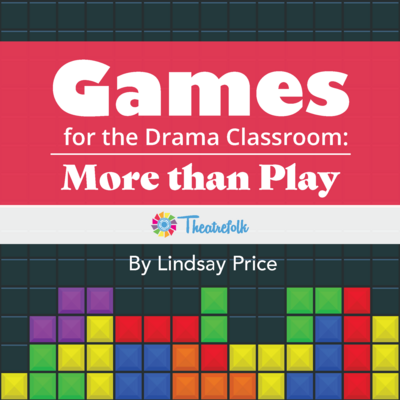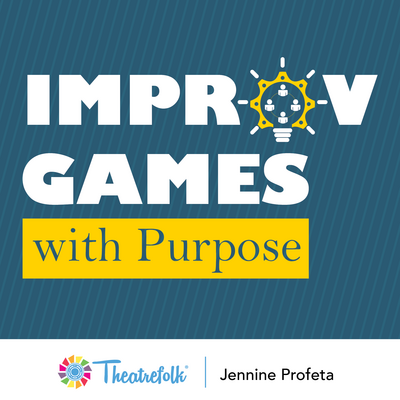Fun & Games: Human Chess
In Harry Potter and the Philosopher’s Stone (or Sorcerer’s Stone, for our American friends), one of the exciting and challenging tests for Harry, Ron, and Hermione was to play a game of wizard’s chess — only life-sized! Human chess isn’t limited to the wizarding world though; it’s a popular piece of entertainment in the Renaissance Faire world as well. Talented performers play out a real-life chess battle, complete with elaborately staged fights between pawns, rooks, knights, and all the rest.
If you or your students are fans of chess (or you’re simply looking for a new and exciting challenge), why not try creating your own human chess match, either as a class activity or as a full-out performance? We’ll share how to stage this below. As well, you’ll find different variations for the battle action when a piece is captured, to accommodate students of all levels of experience.
Instructions
1. First, you’ll need to learn the rules of chess, and teach your students who don’t already know how to play. This is a great, simple resource for the basics of chess: Chess For Dummies Cheat Sheet.
2. Plan out your board. You’ll need a large grid of 64 spaces: 8 across (ranks) and 8 down (files), alternating light and dark spaces. You could paint the floor (if you’re allowed to paint your theatre space!), tape down coloured pieces of paper, make a grid with painter’s tape or spike tape, or use rope/twine and tent pegs if you’re outside.
Once you’ve got your board in place, have students practice moving around the board as different chess pieces. How many spaces can each piece move, and in what direction? (This could be a great stage directions game variation.)
3. Plan out the number of participants you’ll need. This is a great exercise for large groups of students, as you’ll need at least 32 students for each of the chess pieces, as well as two additional students to be the leading players directing the pieces. However, if you don’t have that many students, there are some fun options you can try. You could have stuffed animals fill in for some of the players, and have the players (or students who have previously been eliminated) animate them, puppet-style. Or you could have your crafty students build life-sized chess pieces out of materials such as papier-mâché and chicken wire. If you’re doing this as part of a performance, perhaps you could have audience members participate (in a non-combat capacity of course). What other creative methods could you employ to have enough participants?
4. Figure out your gameplay. You could find an easy sample game online to play out (there are lots of examples on YouTube and Google; search for “sample chess game”), or if you have any chess aficionados in your class, have them play out the game live! If you are planning to do human chess as a performance, the gameplay must be pre-planned, but in a classroom exploration setting, feel free to experiment.
5. Lastly, you’ll need to define how your human chess pieces will “battle” or square off against each other. For example:
If you’ve studied stage combat, you can teach your students a simple choreographed combination of a few moves and have them perform it. Whatever side is capturing gets the winning move. Remember, stage combat should only be taught by an experienced and qualified fight director. If your students want to do combat but aren’t very skilled or experienced, they could perform a choreographed fight in extreme slow motion. These fights can be as serious or comedic as you wish!
Non-contact options: Have students use Shakespearean insults, improvise a vocalized argument, have a dance battle, or create a non-contact mimed scene. You could even mix up genres and have a duel with wands or use Jedi mind powers.
No matter which battle style you select (contact or non-contact), the captured player will act out a dramatic, overwrought death.
When a player is defeated, if you decide to drag the captured player off the board, please ensure you do so safely. Falling, dragging, and lifting can be dangerous, so again, please employ the skills of a trained fight director. The defeated player could also crawl, roll, or otherwise exit the board themselves. Have students experiment with different methods of exiting to find the most effective or entertaining way.
No matter what style of human chess match you do, you’ll want to employ some warm-ups prior to playing. See our giveaway below for a series of warm-up activities for human chess. Have fun and happy battling!
Related Articles
Games for the Drama Classroom: More Than Play
by Lindsay Price
A collection of games and activities that go well beyond the notion of "play."
Improv Games with Purpose
by Jennine Profeta
Improv games including feedback suggestions and questions, game variations, teaching tips, side coaching tips, entry prompts, exit slip questions, and more!





